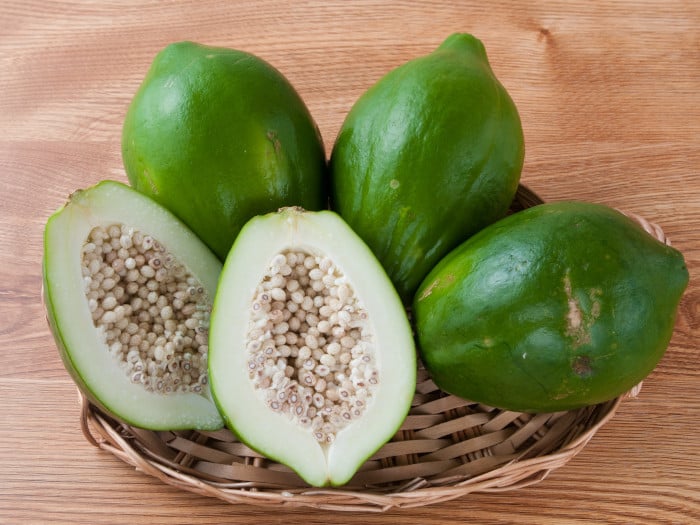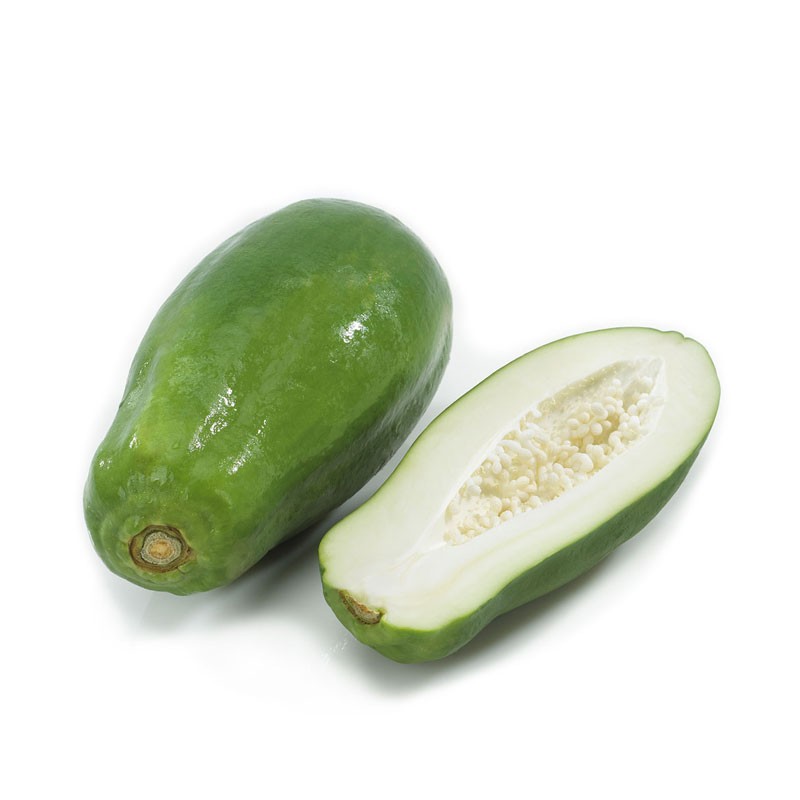Growing Papaya: Tips & Tricks
Is the papaya plant more than just a tropical delight? Absolutely. This versatile fruit, with its vibrant color and sweet taste, holds secrets beyond the breakfast bowl. From its roots to its leaves, the papaya tree offers a wealth of uses, spanning culinary traditions, medicinal practices, and even gardening wisdom.
Cultivating papaya can be a rewarding experience, but it requires understanding the plant's specific needs. As any seasoned gardener will tell you, treating a papaya plant like a cactus, allowing the soil to dry out between waterings, can significantly improve its health and prevent root rot, a common problem especially in containers. Maintaining a warm environment is also crucial, as papaya plants are highly sensitive to cold temperatures. A minimum greenhouse temperature above 50F is generally recommended, and during winter months, providing extra protection, such as placing them along a basement wall, can be beneficial. Even minor leaf yellowing can indicate stress, so regular monitoring is key.
| Common Name: | Papaya |
| Scientific Name: | Carica papaya |
| Native to: | Tropical Americas |
| Growing Conditions: | Warm, humid climates; well-drained soil; full sun |
| Uses: | Fruit consumption, medicinal applications, culinary ingredient |
| Reference: | Purdue University Horticulture |
Beyond its care requirements, the papaya plant demonstrates remarkable versatility. Discussions in gardening forums often revolve around pest control, such as combating the alope sphinx caterpillar, a known papaya leaf consumer. Yet the very leaves that attract these pests also hold medicinal properties. Traditional practices utilize papaya leaves for a range of ailments, from high blood pressure and kidney infections to stomach aches and intestinal problems. The fruit itself, rich in Vitamin C, E, A, folate, and antioxidants, is believed to have antifungal and anti-ringworm properties, further highlighting the plants medicinal potential.
The culinary applications of papaya are equally diverse. The ripe fruit is a delicious addition to breakfast bowls and smoothies, while the unripe green papaya is a staple in Southeast Asian cuisine. The vibrant and spicy Thai green papaya salad, with its blend of shredded unripe papaya, garlic, chilies, peanuts, and a tangy dressing, is a testament to the fruit's versatility. From curries and smoothies to salads and desserts, green papaya offers a unique flavor profile and nutritional richness. It is a rich source of Vitamin C and papain, an enzyme known for its digestive benefits. Choosing, preparing, and cooking green papaya can be an adventure in itself, with numerous recipes and techniques available to explore. Whether you're seeking a refreshing salad or a flavorful curry, green papaya offers a culinary experience that goes beyond the ordinary.
The history of related plants, like the dark green (black) zucchini varieties such as 'Black Beauty,' dating back to 1957, offer further insight into the development of cultivated fruits and vegetables. 'Black Beauty' was released by the Connecticut Agricultural Experiment Station, and its comparison to other varieties like 'Fordhook Improved' by NC State highlights the ongoing evolution of plant breeding. Interestingly, Baker Creek Heirloom Seeds offers 'Black Beauty' zucchini with a claimed introduction in the 1930s, suggesting a potentially earlier origin. While these zucchini varieties are not directly related to papaya, they exemplify the diversity and historical depth of the plant world.
While seemingly disparate, the world of gardening, culinary exploration, and traditional medicine converge with the papaya plant. Its resilience in warm climates, its susceptibility to pests, and its wide range of uses paint a picture of a plant deeply intertwined with human experience. From the novice gardener tending to a single plant in a container to the seasoned chef creating culinary masterpieces, the papaya offers something for everyone. It is a plant that invites exploration, promising both flavor and functionality, a true testament to the bounty of nature.
Exploring the world of papaya and its related species reveals a fascinating interplay between nature, human ingenuity, and cultural traditions. Whether you're seeking a new culinary adventure, exploring natural remedies, or simply enjoying the beauty of a thriving plant, the papaya offers a world of possibilities waiting to be uncovered. From the tips of its leaves to the sweetness of its fruit, the papaya plant stands as a vibrant symbol of the interconnectedness and richness of the natural world.


